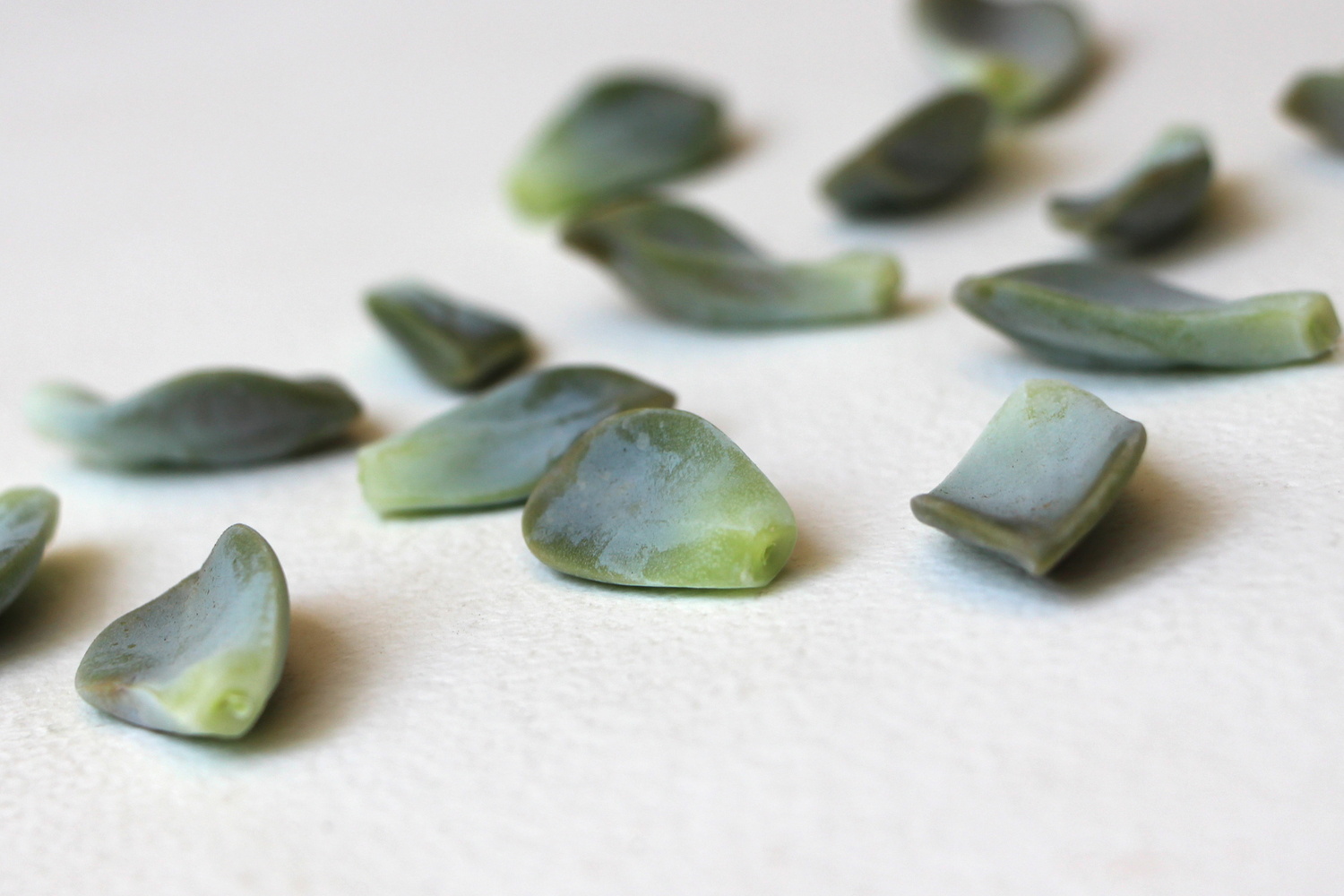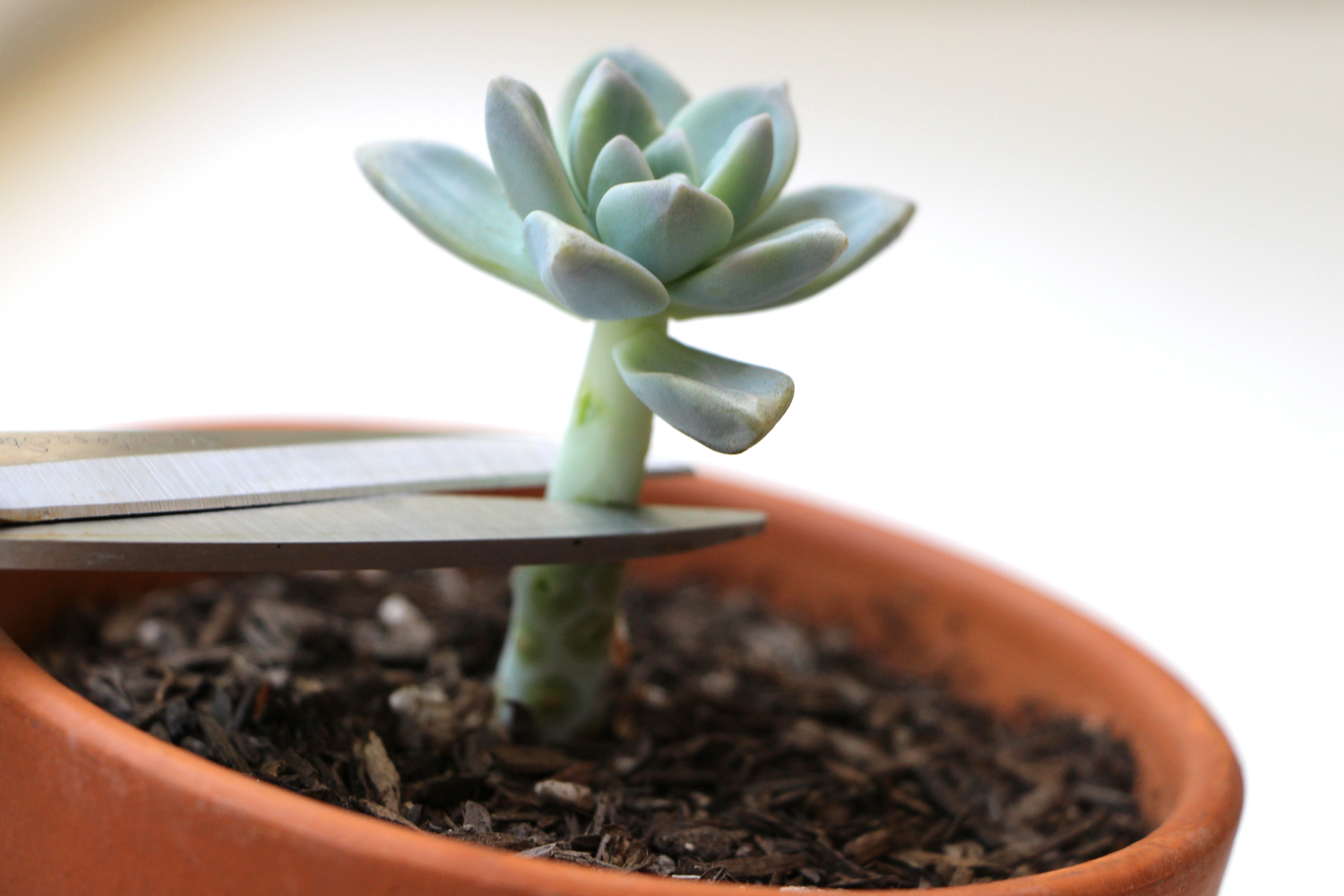Succulent Propagation 101
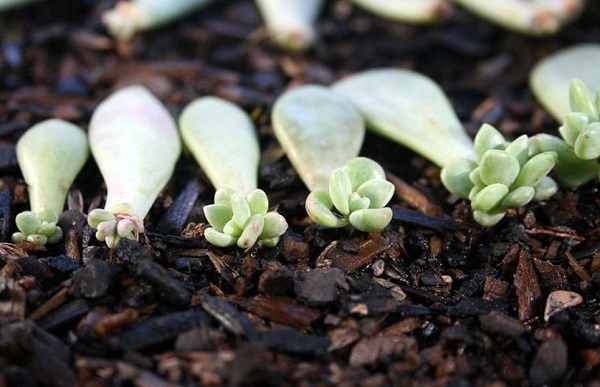
Succulent propogation is an easy, nearly free way to expand your collection of succulents. Propogating new plants requires very little effort, and can even be done by beginners. The hardest part is essentially destroying some of your old plants, but just think, for that one plant, you can have 20 more succulents of the exact same thing!
What You'll Need
To propogate succulents, you will need a healthy plant (the one you want more of), succulent soil, and a tray of some sort. I have found that terracotta drainage trays work perfectly for this. I also recommend having some sort of squirt bottle, or spray bottle for watering your plants. You probably have all of these at your house already, so let's go!
How to Start
This is the scariest part of propogation: dismembering your plant. But don't worry! You can do it! You'll want to start by removing the leaves. To do so, gently wiggle a leaf from side to side, until it snaps away from the plant. Don't be afraid to use a little more force if the leaf won't budge. Just be sure that the whole leaf comes away, and doesn't leave part of it on the plant. Also, start from the bottom when doing this, and leave a nice rosette at the top.
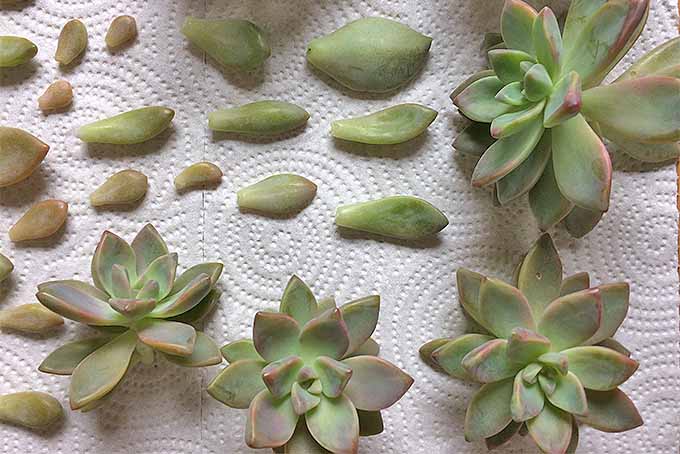
You'll want to leave a rosette, because now we're going to behead the plant. No, I'm not lying, but there's just no better term. To behead your plant, take a pair of sharp scissors, and wipe the blades with rubbing alcohol to prevent infection. Then, cut the succulent at the base. Ideally, you should leave an inch or two on leaf-less stem, but sometimes the plant's aren't that big. In that case, just cut as low as possible. You are also going to want to leave the little "stump" in the soil. Little baby plants will grow up from it.
After you separated the plant, you are going to want to set the leaves and rosette onto a paper towel to dry for about two days. Once you can see a callous at the end, they are ready for the next step. A calloused leaf looks like it has a little stopper in it sometimes, but the end shoud always look dried. If you skip this step, the leaves will absorb too much water the first time you water them, and rot. If you aren't 100% sure that they are calloused, leave them an extra day.
Once all of your leaves are calloused, fill your tray of whatever type with soil. It DOES NOT have to be deep. They only need about 1/2 inch of soil. Then, set the calloused leaves on the soil. Just set them on top, do not bury them, or the tips. They will find the soil on their own.
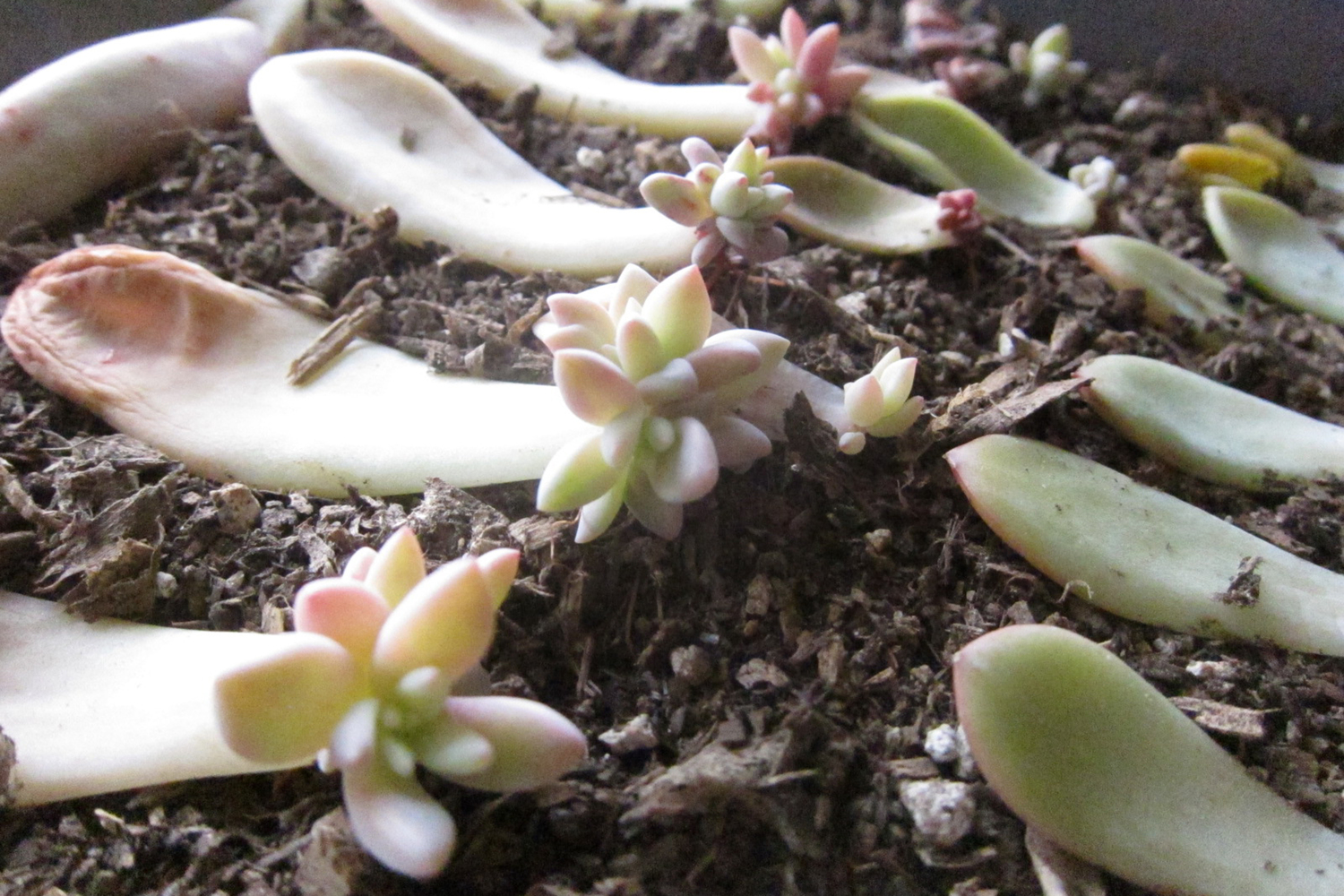
Now we wait. It can be a while before you see signs of roots, but in around 1-2 weeks, you should see signs of life. Pale pink and white roots will sprout from the leaf. Now you can start watering, being sure to wet the roots to prevent them from drying out. When the roots are well-established, and have grown a good bit into the soil, you can thoroughly soak them. Be sure not to over-water. I recommend just watering where the leaves are. If you only water at the tip of the leaf, the chances of killing the babies are far less likely
In time, you will see baby plants appearing. These are what will grow into a whole new plant. As these babies get bigger, the 'mother leaf' will start to shrivel up, and eventually die off. Gently remove it by wiggling. By that point, your baby plant is strong enough to survive on its own. Before, it was taking nutrients from the leaf, not the soil, but once the mother leaf dies, it is officially a whole new plant. It will be a while before it is as big as the original, but it will get there.
But what about the rosette? Why did we cut its head off if we're not going to do anything with it? Oh, but we are. It's going to be a new plant, too. Simply stick it in some soil, and treat it like a regular succulent. Roots will start growing soon. In a week or so, give it a gentle tug, to see if roots have grown. If there is resistance, roots have grown. If not, give it a bit of water, and check again in a week. Don't actually pull it out of the soil though.
Unfortuntely, some don't make it there. Expect a few to die along the way, especially if you are propogating a lot. Sometimes the leaf dies before it can produce roots. Sometimes it shrivels up too early, and the baby isn't strong enough. Sometimes it sends off roots, and no plant. Sometimes it sends off a plant, but no roots. I personally never give up on a leaf until it has shriveled up and died. Some leaves are just late bloomers. In my experience, jade leaves take a looong time to root, while echeverias and sempervivums produce in no time at all.
Caring For Baby Succulents
Once the mother leaf dies off, care for your succulent babies as you would a regular plant. Water heavily, and wait for soil to dry completely between waterings. As time passes, it will grow into a healthy plant.
